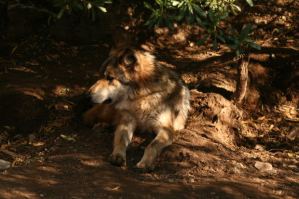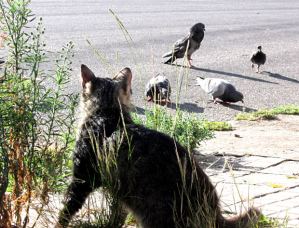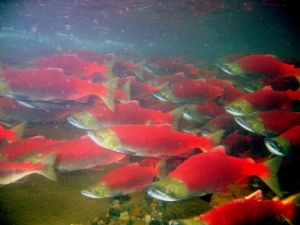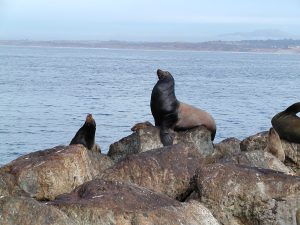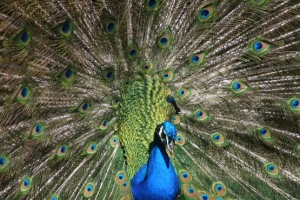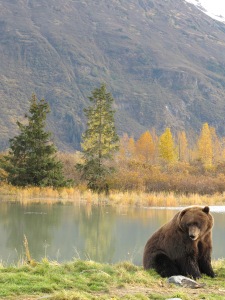As the outside temperature increases, so do the chances of encountering wildlife in many parts of the country. While seeing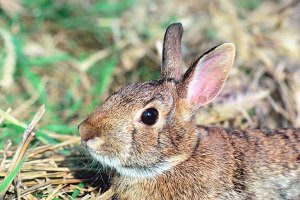 wildlife can sometimes be a pleasant experience, finding skunks under the porch, rabbits in the flower bed, or bats in the attic can be frustrating. As a result, humans have developed an entire arsenal of deadly traps, poisons, and weapons designed to destroy animals we do not like or animals we do not want around our property. While lethal means of “pest control” are in many cases legal, we degrade our environment when we fail to make the effort to live harmoniously with wildlife.
wildlife can sometimes be a pleasant experience, finding skunks under the porch, rabbits in the flower bed, or bats in the attic can be frustrating. As a result, humans have developed an entire arsenal of deadly traps, poisons, and weapons designed to destroy animals we do not like or animals we do not want around our property. While lethal means of “pest control” are in many cases legal, we degrade our environment when we fail to make the effort to live harmoniously with wildlife.
Even the self-described “animal lovers” among us sometimes fall into the erroneous thinking that there are “good animals” and “bad animals.” In reality, all species serve a purpose within their native environments. Consider for instance, the copperhead, sometimes found in rural areas near bodies of water in the summer. Rare is the person who forgives the black rat snake for being a snake – but even rarer is the person who concedes the right of existence to the venomous pit viper. Nonetheless, copperheads, as many other species of snake, are valuable predators that help limit the populations of other animals, including mice and insects. In turn, the copperhead is as well, a food source for larger predators. To destroy native species to satisfy our own fear and contempt will in time lead to permanent imbalances within nature. As the famous conservationist John Muir once wrote, “”When we try to pick out anything by itself, we find it hitched to everything else in the Universe.”
There is also no denying that killing an animal in many cases, may be the quick and easy solution. Therefore, many of us might ask, “Why not snare the rabbit and cut off the head of a snake? It is clearly the quickest way to rid myself of the animal, and there is no law to stop me!” However, as caretakers of our environment, we have a responsibility to consider methods that effectively impede conflicts with wild animals without destroying them. For instance, proper disposal of trash or use of specially designed bins can effectively prevent wild animals from invading outdoor garbage cans. Using lattice under porches and sealing holes in attics can prevent infiltration by groundhogs, opossums, bats, and other animals. Keeping grass neatly trimmed around the home can eliminate hiding places for snakes. While measures like these may require extra effort, they are often more effective in the long-term, and most importantly, preserve our environment and the lives of our animal friends.




